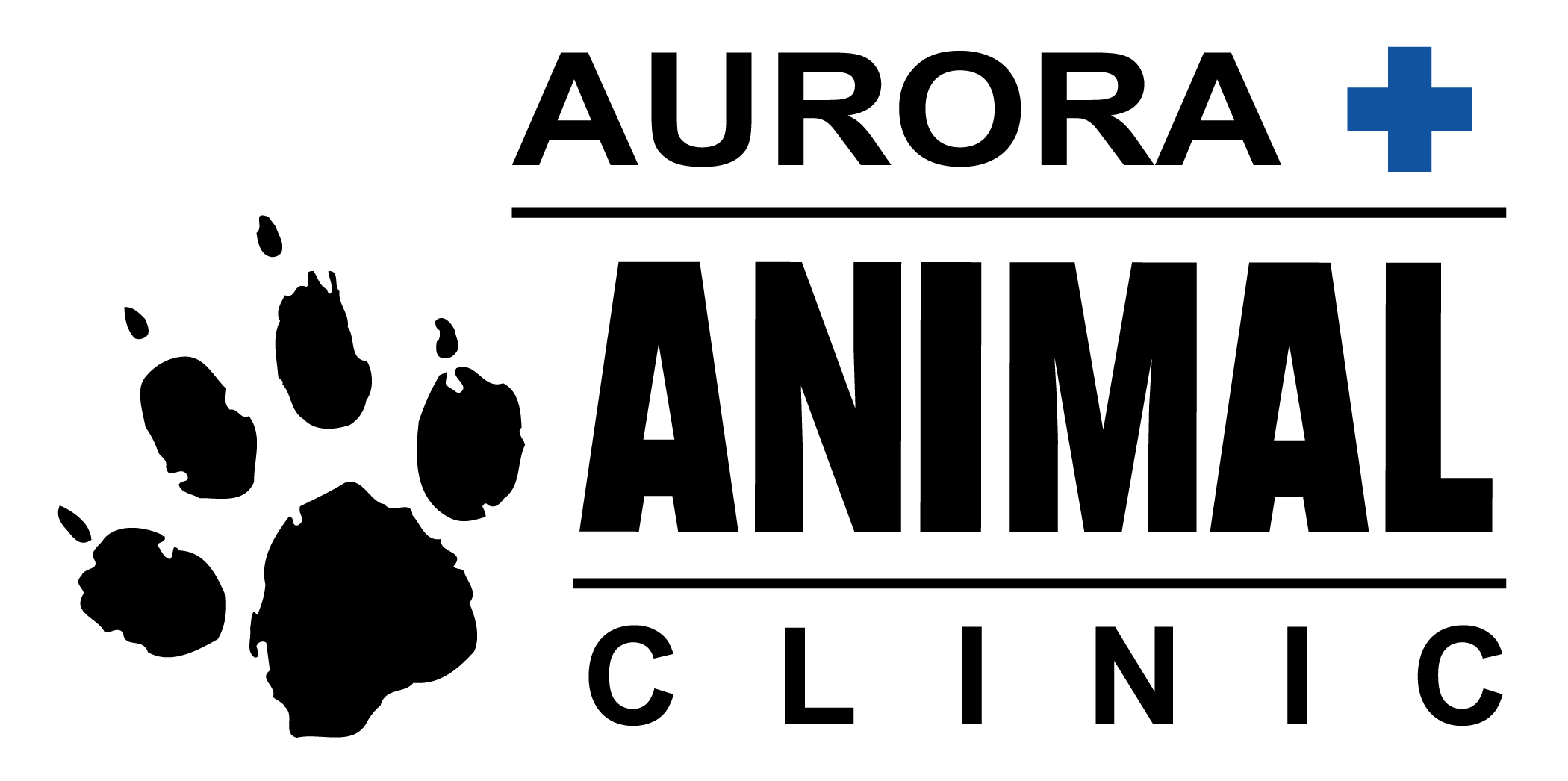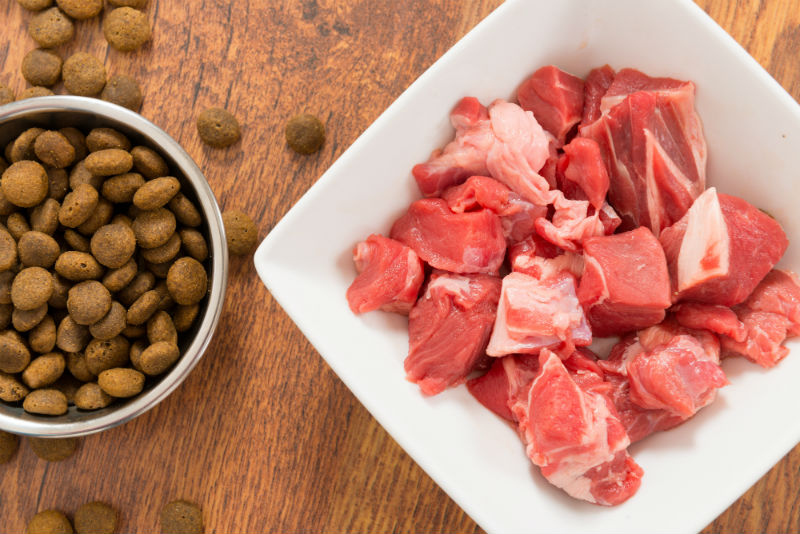Feeding raw food diets to pets has become increasingly popular among pet owners and in the pet food industry. There have been a growing number of packaged fresh, frozen and freeze dried raw food products popping up in pet stores.
Though many advocates for raw meat diets will swear that feeding raw has helped with x, y or z condition in their pet there have been no actual scientific studies proving the benefits or refuting the risks of feeding raw meat. However, one study stated that dogs fed raw had lower rates of non-intestinal infections. So far all other claims of aiding digestive, skin, dental and behavioural problems are purely anecdotal.
Main Concerns with Feeding Raw Meat
Infectious Disease Risk
We all know that raw chicken can carry salmonella which is why we are careful to wash our hands and any tools used while preparing chicken. When feeding raw chicken to an animal the potentially contaminated surfaces now increase to your pets face, anywhere your animals face has touched, their bowls and anywhere they have had a bowel movement as salmonella (among other pathogens can be transmitted out the back end). Salmonella is not the only bug we have to worry about either, Clostridium difficile, Campylobacter, Yersinia enterocolitica, Clostridium perfringens, Staphylococcus aureus, Clostridium botulinum, Listeria monocytogenes and E. coli all can be transmitted to not only to animals but to humans as well. There is also a risk of parasitic infections such as tapeworms from raw fish.
A new study from the researchers at Utrecht University in The Netherlands has found E.coli and Listeria in 8 different brands of pre-packaged frozen pet food products (it was not stated publicly which brands). They tested 35 samples from the eight products and found that 80% were contaminated with E. coli, eight products containing E. coli 0157: H7 which recently in Canada and the United States hospitalized more than 50 people and killed 2. Listeria monocytogenes was found in 54% of samples, and other strains of listeria were found in 43% of the samples tested.
Nutritional Imbalances
Just raw meat is not enough to give your animal a well-balanced diet. They need amino acids, vitamins, minerals and carbohydrates to be healthy. In a lot of cases to be a complete meal, the raw diet should be enriched with a supplement when making it at home. There may be some pre-packaged diets that appear to have a sufficient nutritional analysis, but with any pet food company it is encouraged that we ask some simple questions of the manufacturer:
- Do you have a veterinary nutritionist or some equivalent staff in your organization?
- Who formulates your diets and what are their credentials?
- Which of your diets are tested using AAFCO feeding trials, and which are by nutrient analysis?
- What specific quality control measures do you use to assure the consistency and quality of your product line?
- Will you provide a complete product nutrient analysis of your food including digestibility values?
- What kind of research on your products has been conducted and are the results published in a peer-reviewed journal?
Foreign Bodies
Any pet food containing larger pieces of bone or full bones added pose a risk to your pet. A foreign body is when an object (bone, toy, sock, stick) is swallowed by a pet but cannot be digested and blocks the intestines. Foreign bodies that lead to blockages require surgical removal of the object most of the time.
Raw meat should NEVER be fed to:
- Pets living with an infant, senior or a person with a compromised immune system
- Pets that visit elderly or immune-compromised people such as in nursing homes or hospitals
- Pets who live with another pet who is immune compromised
- Puppies and kittens, they are more susceptible to effects of improper nutrition and infections. Raw food diets can result in bone deformities in puppies and kittens, and blindness in kittens due to lack of taurine.
Written by Aurora Animal Clinic




